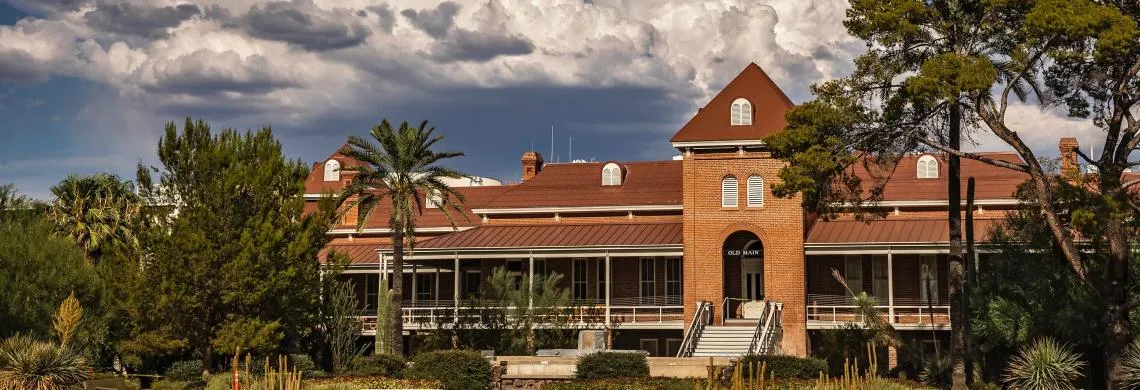Betul Kacar Takes Biology to Cosmic Spheres
As scientists advance the search for life on other worlds in the coming decades, questions of priority will dominate, according to Betul Kacar.

How do scientists select the samples that will be retrieved? Where in the vast skies do astronomers train their telescopes?
“Biologists can have a big impact in this field,” said Kacar, an assistant professor with dual appointments in the departments of molecular and cellular biology and astronomy and Steward Observatory.
When Kacar joined the University of Arizona faculty two years ago, she became one of the first professors in the United States hired to bridge the disciplines of biology and astronomy.
“We want to train the next generation of scientists by exposing them to different scientific areas and by cultivating their ability to synthesize these different themes” said Kacar, who works with students at all levels in her lab and teaches undergraduate and graduate courses.
Kacar is conducting the research funded by her UArizona Foundation Small Grant with a team comprised of co-primary investigator Amanda Garcia, a NASA Astrobiology Postdoctoral Fellow, and undergraduate students.
“I'm able to recruit students who always wanted to study the questions related to life in the universe but didn’t know they could, coming from a biology background,” she said. “It’s inspiring to see these students finding their home in science.”
The grant provided the funds for one of the undergraduates, Cathryn Sephus a molecular and cellular biology major and astronomy minor and a UArizona NASA Space Fellow, to spend a week in January at the Gordon Research Conference on Origins of Life in Galveston, Texas.
The grant team has completed its first objective, which was to reconstruct and synthesize enzyme genes, called nitrogenases, that are millions and perhaps billions of years old. Kacar and Garcia, together with former Kaçar Lab undergraduate Hanon McShea, published a research paper detailing their findings on ancient nitrogenases. Nitrogenases catalyze the process through which nitrogen converts to ammonia. Much remains unknown about ancient nitrogenases, which played a critical role in making the Earth habitable.
Now the team is engineering these ancient synthesized nitrogenase genes inside modern nitrogen-fixing bacteria with two molecular and cellular biology undergraduates, Brooke Carruthers and Alex Rivier. This exploration will eventually reveal new insights about when and how life developed on our planet. This knowledge, when combined with other research, can then be applied to the examination of other planetary bodies.
“We are interested in finding life in the universe, but what are we looking for?” said Kacar.
The terminology for a sign of life is a biosignature, she said. These are physical outputs, which could be chemicals or metabolic outputs of any organism that once lived on a rock, for example.
“These biosignatures are what we go for when we look for life’s presence in the past, even on our own planet. So we want to reconstruct and thoroughly characterize ancient biosignatures that we know Earth once produced,” she said.
“Understanding the deep biological past, and the effects it had on ancient geochemistry, is one way of developing more precise means of knowing how and where to sample for signs of life throughout the universe.”

